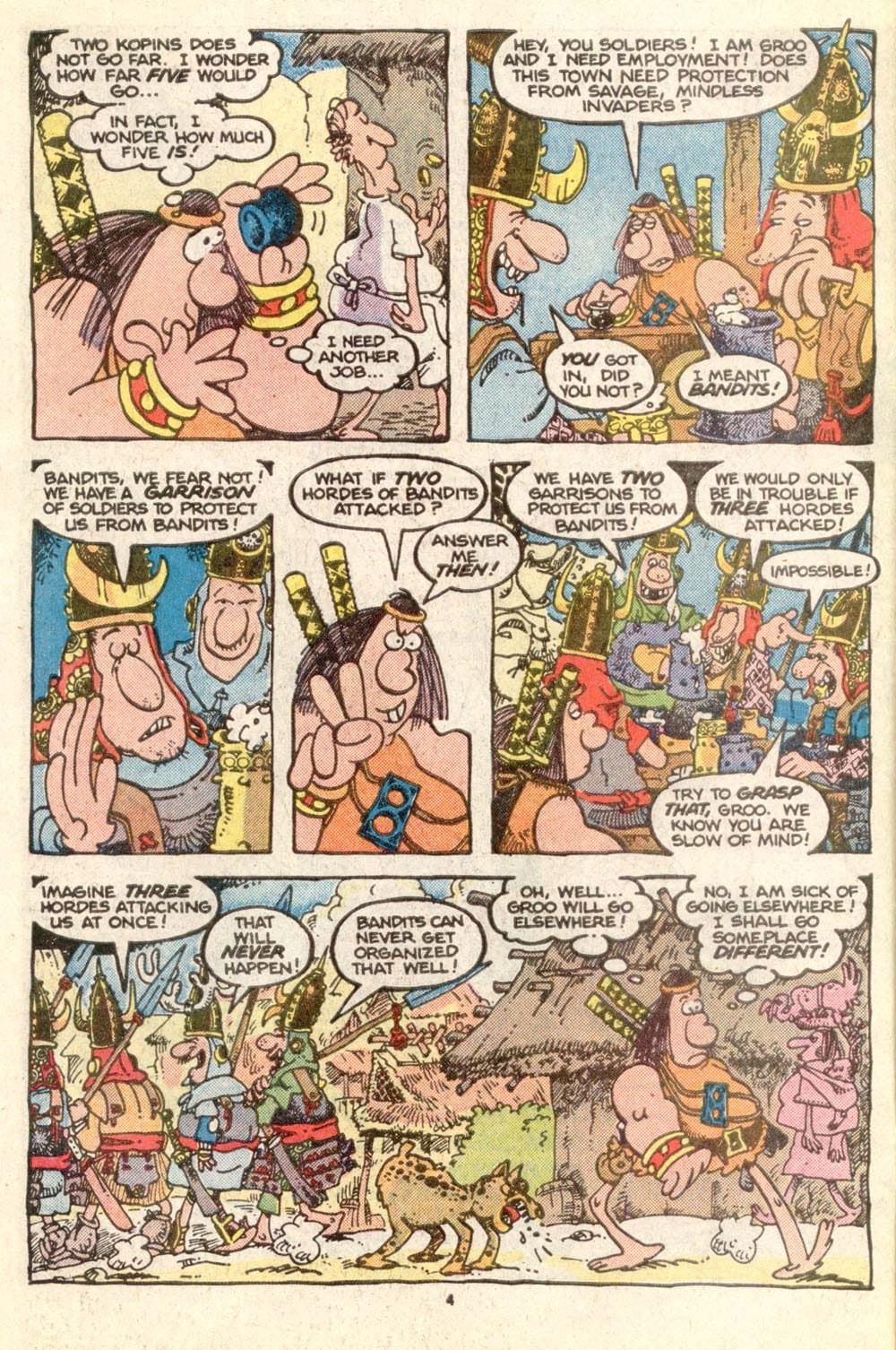This
review is written with a GPL 4.0 license and the rights contained
therein shall supersede all TOS by any and all websites in regards to
copying and sharing without proper authorization and permissions.
Crossposted at WordPress & Blogspot by Bookstooge’s Exalted
Permission
Title:
Equal Rites
Series: Discworld #3
Author:
Terry Pratchett
Rating: 4 of 5 Stars
Genre:
Fantasy
Pages: 162
Words: 67K
When I first read this in 2007, I was fresh off the Rincewind books and was expecting more of the same. Equal Rites is the first of the Witches sub-series and as such, while humorous, IS different and I wasn’t ready for that difference back then. Instead of the insane, zany and just plain ridiculous humor that typifies Rincewind, The Witches series is much more sardonic and relies on the humor inherent in opposites. All of that was just to say that I enjoyed my read this time much more than I did 16 years ago.
I also did this as a buddy-read with Dave. He had a lot of other stuff going on at the time, so there wasn’t a lot of back and forth on the book as we read along. I’ll be linking to his review after the star rating and before the synopsis.
I enjoyed this on a completely different level from the previous two books. Granny Weatherwax (the main character despite this being about the little girl Esk) isn’t silly and stupid but she’s also not some omniscient Paragon of Everything. Pratchett is definitely poking fun at the genders (male and female) and Granny isn’t a bra burning feminazi. She’s crotchety, gets things mixed up, makes bad decisions but ultimately has the good of Esk in mind. She’s a wonderful character in fact. I loved reading about her. It is almost scary to me how 16 years of life experience can make that kind of change in me. I still like Rincewind and the complete chaos that he is, but I now appreciate Granny much more than I could have back then. That’s good. We should change as we mature and get older.
I have talked about this before (Why I Re-Read from ‘18) but that change in perspective is the EXACT reason why I am such a re-reader. What I experienced reading Equal Rites this time around I simply could not have back in ‘07. And if I had never re-read it now, I would be stuck with that ‘07 memory of it. Which isn’t bad, but it’s not as full and rich as my memories of the book now. As a serious reader, growing is important. A reader should be a tree, ever growing, not a karesansui garden (one of those japanese gravel gardens) which stays static unless an outside force acts upon it. A reader’s growth should be from within, affecting the outside, not the outside affecting the growth within. It is the difference between an oak tree and a bonsai tree. One acts upon the landscape while the other is acted upon.
So to end. I am VERY happy I re-read this. I enjoyed it more than I originally did and I am thankful I have a better memory of the book now.
★★★★☆
Dave’s Review
From Wikipedia.org
The wizard Drum Billet knows that he will soon die and travels to a place where an eighth son of an eighth son is about to be born. This signifies that the child is destined to become a wizard; on the Discworld, the number eight has many of the magical properties that are sometimes ascribed to seven in other mythologies. Billet wants to pass his wizard's staff on to his successor.
However, the newborn child is actually a girl, Esk (full name Eskarina Smith). Since Billet notices his mistake too late, the staff passes on to her. As Esk grows up, it becomes apparent that she has uncontrollable powers, and the local witch Granny Weatherwax decides to travel with her to Unseen University in Ankh-Morpork to help her gain the knowledge required to properly manage her powers.
But a female wizard is something completely unheard of on the Discworld. Esk is unsuccessful in her first, direct, attempt to gain entry to the University, but Granny Weatherwax finds another way in; as a servant. While there, Esk witnesses the progress of an apprentice wizard named Simon, whom she had met earlier, on her way to Ankh-Morpork. Simon is a natural talent who invents a whole new way of looking at the universe that reduces it to component numbers.
Simon's magic causes a hole to be opened into the Dungeon Dimensions while he is in Esk's presence. The staff, acting to protect Esk, strikes Simon on the head, closing the hole but trapping his mind in the Dungeon Dimensions. Esk throws the staff away, believing that it attacked Simon. While attempting to rescue him, Esk ends up in the Dungeon Dimensions. The extreme cold there causes the staff, now washed out to sea, to create a huge ice sheet, causing a storm that floods the university as well as the surrounding city.
Esk and Simon discover the weakness of the creatures from the Dungeon Dimensions—if you can use magic, but don't, they become scared and weakened. With the help of Granny Weatherwax and Archchancellor Cutangle, who have retrieved the staff, they both manage to transport themselves back into the Discworld. Esk and Simon go on to develop a new kind of magic, based on the notion that the greatest power is the ability not to use all the others.
























